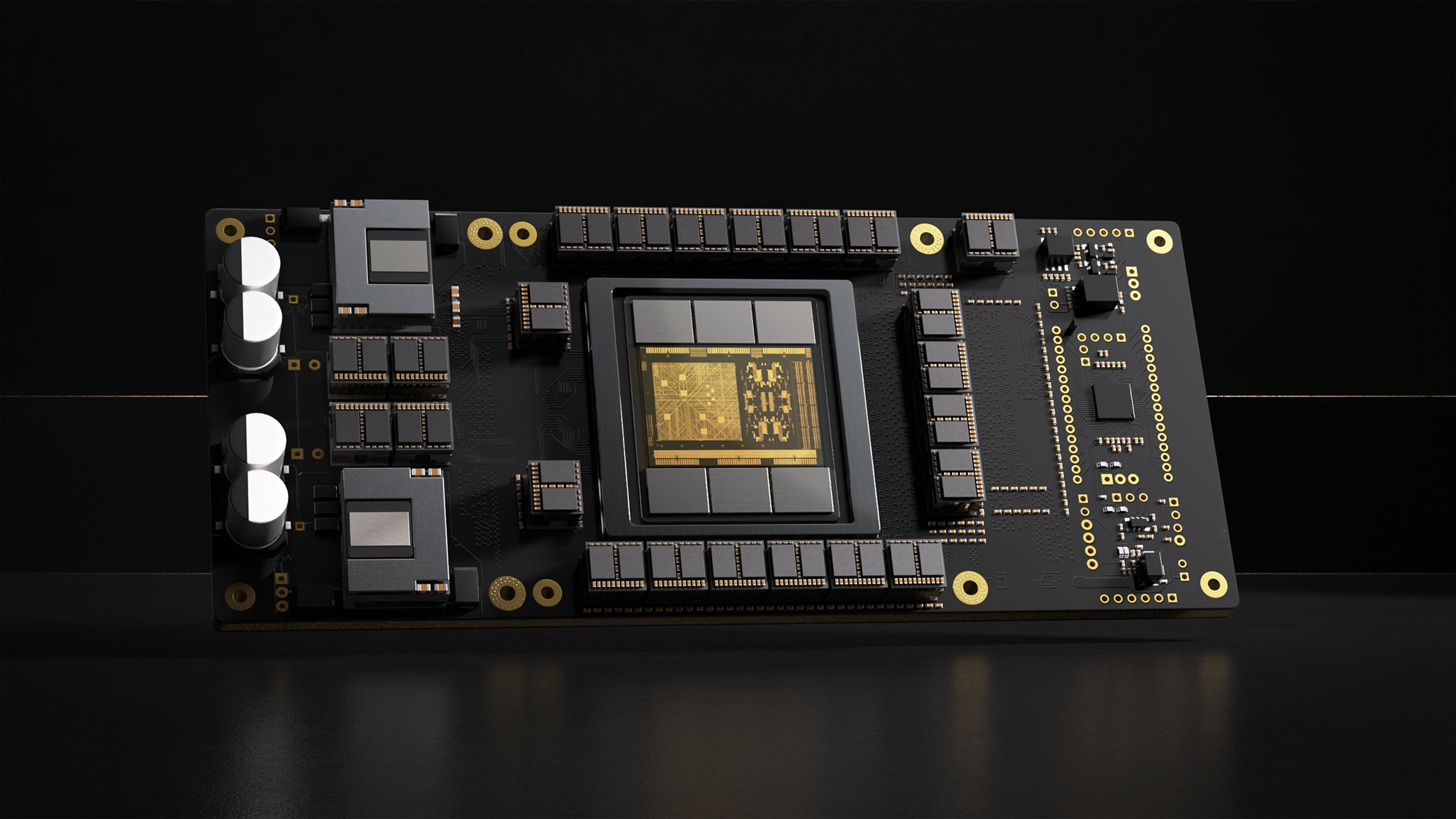Would You Prefer A Computer As Your Anesthesiologist?

What’s the Latest Development?
MIT neuroscientist and Massachusetts General Hospital anesthesiologist Emery Brown has designed an automated anesthesia delivery system that he says can be used to safely maintain a patient in a medically-induced coma. The system consists of a computerized brain-machine interface that monitors the patient’s brain activity via an electroencephalogram (EEG) and provides the appropriate amount of anesthetic as needed. Tests done on rats have proven successful, as described in a paper published in PLoS Computational Biology.
What’s the Big Idea?
Medically-induced comas are normally used to treat seizures or alleviate brain swelling, yet they require near-constant human monitoring. Brown says that his studies of the anesthetized brain reveal a pattern of EEG activity that’s easily recognizable by a computer, and in fact the computer could be better than a human at determining and adjusting sedation levels. Duke anesthesiologist Mark Newman says that while such systems can make sedation more precise, tracking EEG signatures alone isn’t enough to ensure safety in coma patients. Meanwhile, Johnson & Johnson has developed a similar automated system that will arrive on the market early next year.
Photo Credit: Shutterstock.com
Read it at MIT Technology Review





